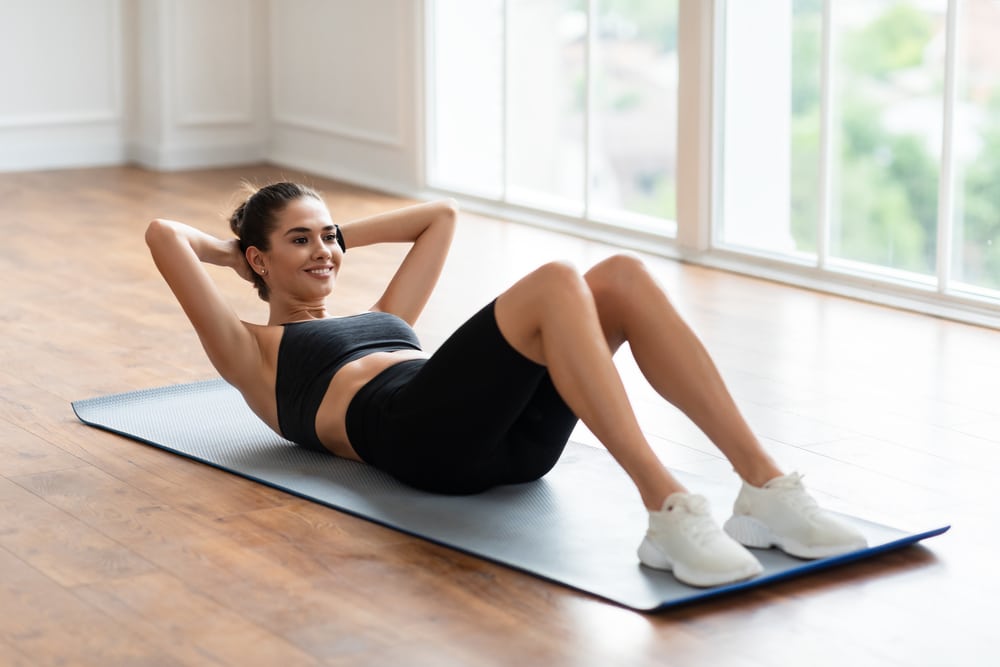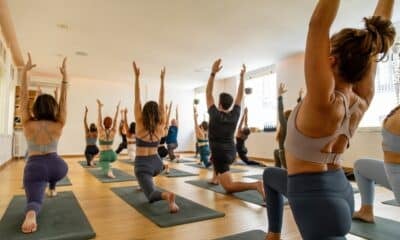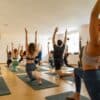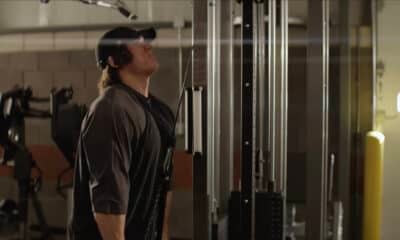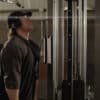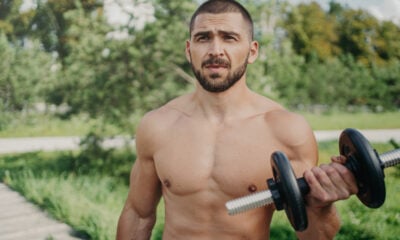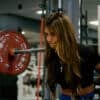Unlock Your Fitness Potential: Discover Why Core and Abdominal Training is a Game-Changer for Your Health and Strength
Have you ever heard the terms “abs exercise” and “core exercise” tossed around in the fitness community and felt confused about what each one really means? You’re not alone. Many fitness enthusiasts, from beginners to seasoned gym-goers, use these terms interchangeably, which can muddy the waters when it comes to understanding their unique roles in your fitness routine. While it’s true that there is a significant overlap between the two, there are some essential distinctions that can influence your workout strategy.
Simply put, your core is a more extensive and integrated system that includes your abs, but your abs are just one piece of that puzzle. Strengthening your abs is important, yes, but working only on them without developing your entire core may not lead to the results you’re looking for. To help clarify these differences and offer some actionable tips on how to strengthen both areas, we reached out to two experts in the field—Mathew Forzaglia, a certified personal trainer and functional strength coach, and Grayson Wickham, a physical therapist and certified strength and conditioning specialist. Their insights can help you better understand what your body needs to perform at its best.
Your core is your body’s powerhouse. According to Mathew, it extends from your hips to the bottom of your chest and includes muscles such as the pelvic floor, internal and external obliques, transverse abdominals, rectus abdominis, and spinal erectors. Thinking of your core as a sort of inner corset can be helpful. Grayson adds that it acts much like a weightlifting belt, providing crucial support and stability for everything you do. When you think of your core, envision all the muscles that wrap around your midsection; they keep your organs protected and play a pivotal role in your posture and stability.
Understanding what “abs” refers to can also clear things up. While commonly associated with that coveted “six-pack,” the term generally highlights your rectus abdominis. But don’t forget that your abdominal muscles extend beyond just this one area. Your abs include the internal and external obliques, the transverse abdominis, and even a smaller muscle called the pyramidalis, which helps tense the connective tissue in the center of the rectus abdominis. Together, these muscles provide vital support and stability, helping to protect your internal organs while allowing for movement.
So what’s the takeaway here? Your abs are just a subsection of a much larger core area. While “abs” tends to focus specifically on the abdominal muscles that contribute to visible definition, “core” encompasses every muscle that stabilizes and supports your midsection.
A stronger core is essentially the backbone of a healthier, more functional body. Just think of your body like a house—the core is the structural framework that keeps everything standing tall. Mathew emphasizes that if this framework is weak, it can lead to all sorts of issues, including poor balance and compensatory movements that may open the door to injuries. Grayson adds that a compromised core can cause tightness in various parts of the body, particularly the hips. Your body inherently seeks stability; if your core can’t provide it, it will look for stability in the nearest available joint, which can set off a chain reaction of compensatory movements.
The benefits of a strong core are plentiful. Not only does it help protect against inefficient movements that can hurt you, but it also enhances your posture, countering the negative effects of sitting too long or slouching while you work. Research has shown that having a robust core can even boost athletic performance by improving movement control and maximizing power. And remember, everyone is an athlete in their own right. Whether you’re picking up a box or lifting weights at the gym, those everyday movements require a strong core to ensure you’re doing it safely and effectively.
Ready to beef up your workout? Here are some practical core exercises you can integrate into your routine. Whether you pick a few or go all-in on a core-focused circuit, these moves are designed to engage your entire midsection. You’ll just need a large exercise ball and a set of dumbbells or kettlebells to get started.
1. **Bear Crawl**
– Start in a tabletop position with your wrists under your shoulders and knees beneath your hips.
– Keep your back flat and your neck neutral, engaging your core while lifting your knees just above the ground.
– Move forward by stepping your right hand and your left foot simultaneously, then switch to your left hand and right foot.
– Continue this alternating movement until you’ve covered a specified distance, then reverse your steps to return to the start.
– Repeat.
2. **Stir the Pot**
– Kneel in front of a large exercise ball, placing your forearms on it.
– Elevate your knees off the floor and shift your weight forward to create an elevated plank position.
– Keep your torso and hips stable while making circular motions with your arms in a clockwise direction, like you’re stirring a big pot.
– Switch directions and repeat the movements for the recommended reps.
3. **Half-Kneeling Halo**
– Get into a half-kneeling position, with your right foot forward and your left leg extended behind you.
– Hold a kettlebell or dumbbell at your chin with both hands.
– Move the weight around your head in a “halo” pattern: raise it by your left ear, circle it behind your head toward your right ear, and return to chin level.
– Repeat the halo in the opposite direction for a set number of times.
4. **Farmer’s Carry**
– Grab a kettlebell or dumbbell in each hand and stand tall with your feet hip-width apart, arms at your sides.
– Keep your shoulders back and chin up as you walk forward for a designated distance, focusing on keeping your chest elevated and rib cage aligned with your hips.
Now that we’ve warmed up your core, let’s shine the spotlight on your abs. Here are four specific exercises to help define and strengthen those muscles, too. You can work these into your routine as standalone moves or do them in a circuit. For these exercises, have an abs roller, pull-up bar, and either a heavy weight or a sturdy structure handy.
1. **Abs Rollout**
– Kneel and hinge at your hips so that your shoulders sit over your wrists, grasping the handles of the abs roller.
– Engage your core and roll the abs roller forward, leaning until your arms are extended, ensuring your back is straight.
– Use your abs to pull back to the starting position and continue this for the recommended reps.
2. **Hanging Knee Lift**
– Grip an overhead bar with your hands a bit wider than shoulder-width, palms facing away.
– Hang from the bar with your feet off the ground.
– Engage your core and lift your knees toward your chest, then lower your feet again without letting them touch the ground.
– Keep raising your knees for the specified number of repetitions.
3. **Dragonfly**
– Lie on your back with arms extended overhead, holding onto a heavy weight or the base of a sturdy structure for support.
– Press your lower back into the floor and lift your feet slightly off the ground.
– Raise your legs until your knees are above your hips, then engage your core to lift your hips off the ground.
– Lower your hips and legs until your feet are just above the ground, then repeat for the advised repetitions.
4. **Hollow Hold**
– Lie on your back, extending your arms straight above your head.
– Lift your shoulders, arms, legs, and feet off the floor while keeping your core engaged. The closer your legs are to the ground, the tougher the exercise.
– Hold this hollow-body position for as long as suggested.
Remember, whether you’re focusing on your core or targeting your abs, the real goal is to build a solid foundation that enhances your overall movement, stability, and performance. Your body deserves it!

